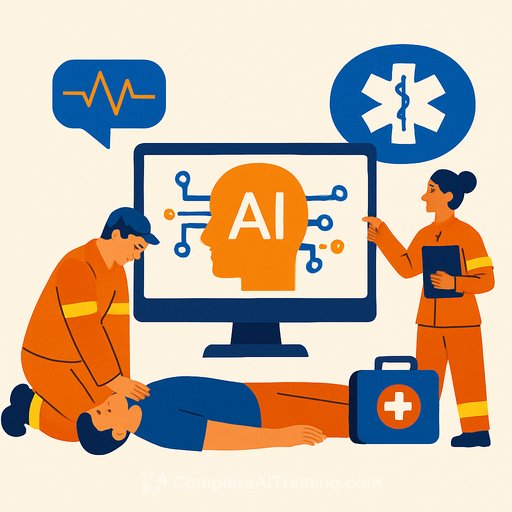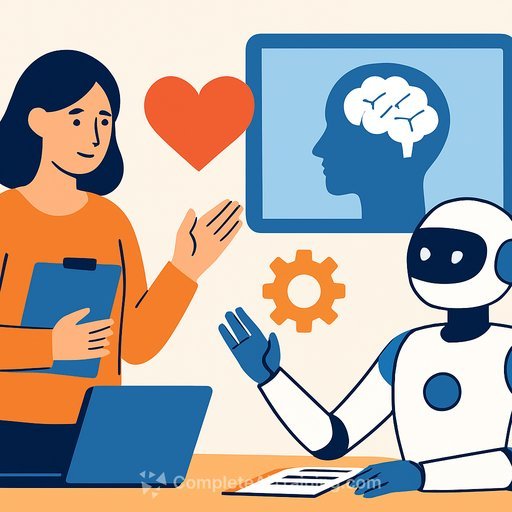Current and Future Applications of AI in EMS Training: A Scoping Review
Emergency Medical Services (EMS) training is evolving, with artificial intelligence (AI) playing an increasingly important role. AI has the potential to improve how first responders learn and prepare for emergencies by offering smarter, more adaptive training solutions.
Current Applications of AI in EMS Training
AI is already being used in several ways to support EMS training. These applications focus on making training more engaging, personalized, and effective for first responders.
Simulation-Based Training
AI-powered simulations provide realistic emergency scenarios that adjust based on trainee actions. This dynamic interaction gives immediate feedback and helps learners build practical skills in a controlled environment.
Decision-Making Support
During emergencies, AI tools analyze data and suggest evidence-based recommendations. This assistance can boost the confidence of EMS personnel and support faster, more accurate decisions under pressure.
Personalized Learning Experiences
AI can identify individual strengths and weaknesses, then customize training plans accordingly. This personalized approach helps trainees focus on areas that need improvement, leading to better retention and preparedness.
Future Opportunities for AI in EMS Training
Looking ahead, AI’s role in EMS training is set to grow with advancements in technology.
Enhanced Data Analytics
AI can analyze training performance data to spot trends and gaps. These insights can guide improvements in curriculum design and training methods, ensuring programs stay relevant and effective.
Virtual Reality (VR) and Augmented Reality (AR)
Combining AI with VR and AR can create highly immersive training environments. This allows trainees to practice critical skills safely while experiencing realistic emergency conditions.
Continuous Learning and Development
AI can support ongoing education by providing EMS personnel with instant access to the latest protocols, research, and training updates. This continuous flow of information helps maintain high standards of care.
Conclusion
AI applications in EMS training offer practical ways to improve how first responders learn and prepare for emergencies. By integrating AI-based tools, EMS organizations can enhance training effectiveness and better equip personnel to handle critical situations.
For those interested in expanding their knowledge of AI in education and training, resources like Complete AI Training’s latest courses provide valuable learning opportunities.
Your membership also unlocks:





